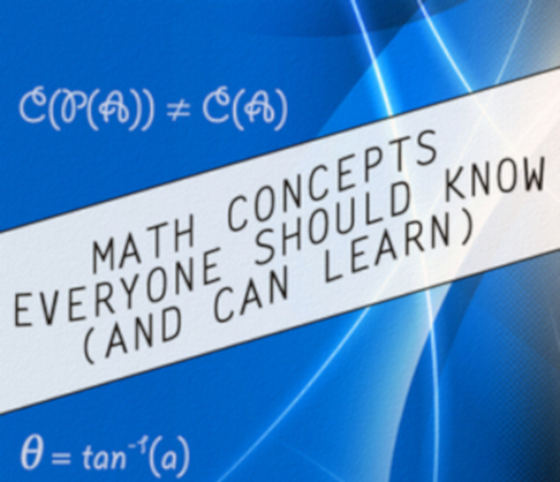[not the first time i've recommended this book. i won't remember how to figure lottery odds or the difference in trying to hack a four digit pin from trying to hack a five digit pin. for keeping me honest this is a useful reference.]
metin bektas defines probability as equal to
the number of desired combinations (c)
divided by the total number of combinations (C)
or p = c / C
(to find the percentage simply multiply the probability by 100)
that makes sense. five percent would be five out of a hundred or five divided by one hundred times one hundred.
chapter two explains that the first probability and any subsequent probabilities can simply be multiplied before multiplying by one hundred to get a percentage chance.
so, if we have a test that has a 14% chance of providing a false negative from a positive sample what happens if we run the test multiple times?
mathematically, that test will fail (on average) fourteen times out of a hundred tries or seven times every fifty tries. running that test a second time should decrease the odds of getting a false negative from a positive sample. with that failure rate of fourteen percent the odds mathematically change with two tests to seven divided by fifty times seven divided by fifty or a probable forty-nine false negatives out of two thousand five hundred tested samples. multiplying 49/2500 by 100 gives a mathematical chance (for a false negative) of 1.96%.
three tests of the same positive sample with each having a fourteen percent chance of providing a false negative changes the odds to (7/50)*(7/50)*(7/50) or 343/125000. multiply that probability by a hundred and the mathematical percentage of false negatives drops to .27% with three tests.
unfortunately it matters why a given test might be ascribed a chance of providing a false negative as a result.
makes sense to use two different types of test if you really want to lower the odds of getting a false negative by testing twice. the difficulty might be in understanding exactly what each test looks for.
using two or even three different types of test on a given sample might be significantly more useful for msu, since they were already planning to batch test samples twice per individual sample in batches of twelve. the odds might then be closer to the probability of one test's providing a false negative multiplied by the probability of another test's providing a false negative.
still, i really did find metin bektas easy to understand and helpful in describing a number of topics.




